Which battery-operated temperature and humidity sensor for HA? Zigbee TH08Z-B, comparison to Wi-Fi v
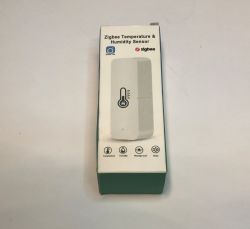
The subject of the TH08 sensor, based on the CHT8310 chip and offering Wi-Fi connectivity, has already been raised many times in our forum. Its integration with the Home Assistant proved possible, albeit quite challenging. This time I will show its Zigbee variant, whose pairing with HA is much simpler. We will also take the opportunity to look inside both devices to see how they differ.
Let's start with the question of pricing. The Zigbee version can be bought in our country for around £40, while the Wi-Fi version is slightly cheaper, costing £20 to £30. Here one might be tempted to say that why would you need one Zigbee sensor when you can have two Wi-Fi ones for the same price? but I recommend caution. Indeed Wi-Fi is cheaper, but it is also more difficult to convert so that it works without the cloud:
[BK7231N/CBU] Tuya TH08 Generic Wi-Fi Temperature & Humidity Sensor [CHT8310]
So let's see what we get in the kit. In addition to the sensor, it includes instructions and a strip of double-sided tape.
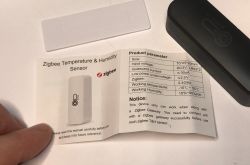

The sensor itself requires two AAA batteries:
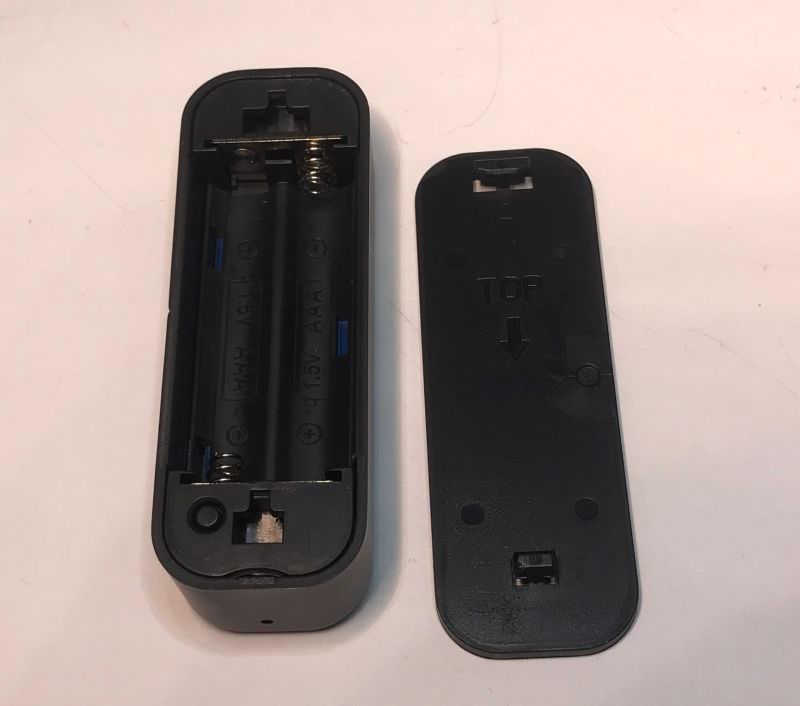
Pairing with HA
Normally this sensor works with Tuya, but here I will run it with Home Assistant:
Home Assistant tutorial - setup, Wi-Fi, MQTT, Zigbee, Tasmota
You will need a Zigbee transceiver - I used a CC2531:
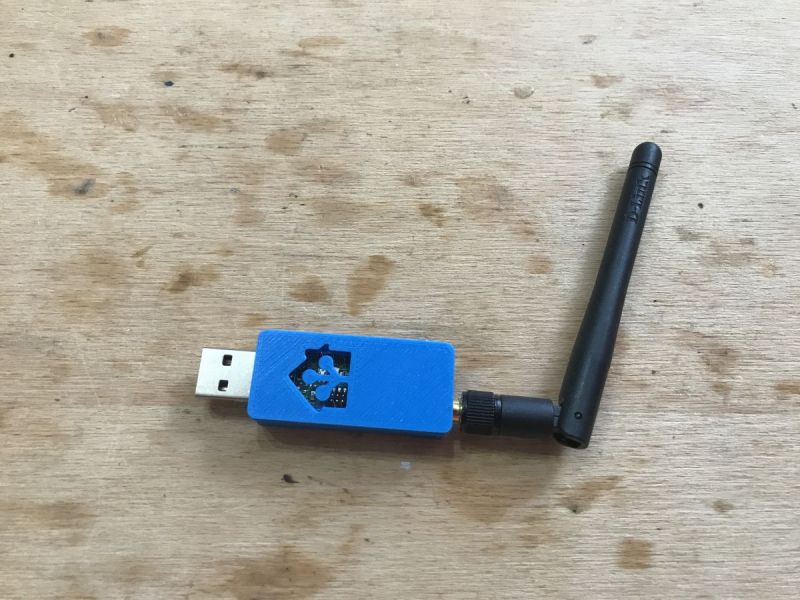
On the HA side, I use Zigbee2MQTT. I simply allow pairing and press a button on the device as instructed:

HA correctly detects the device as TS0201 (TH02Z):
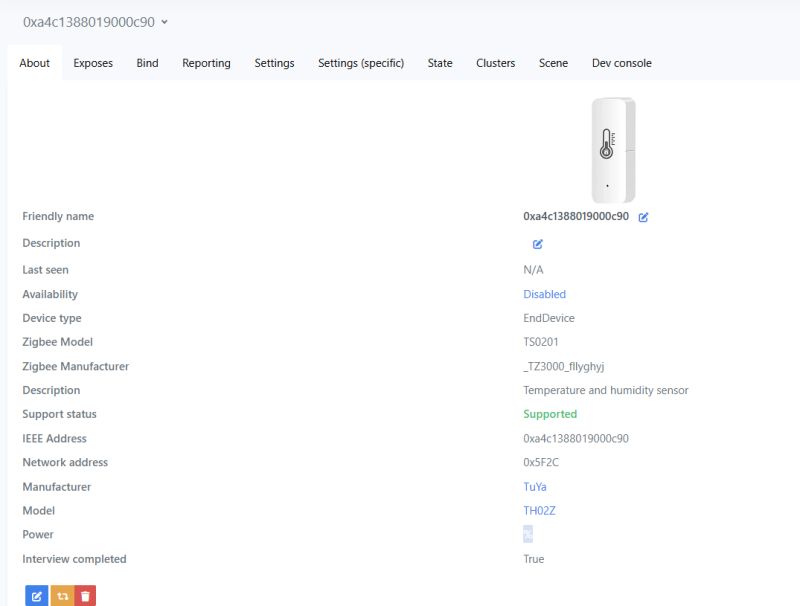
Variables provided include battery level (in %), battery voltage (V), temperature and humidity.
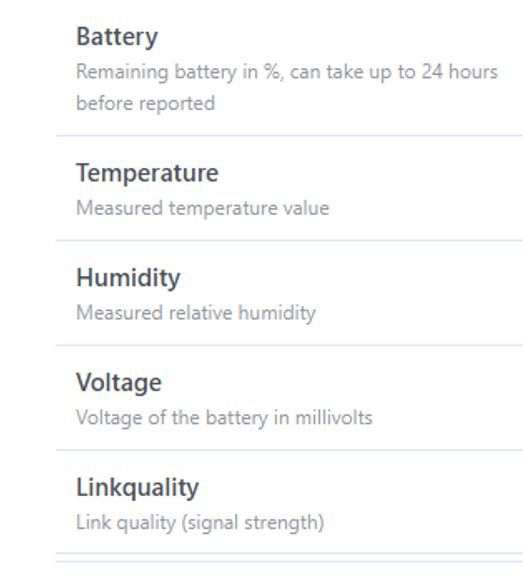
Interestingly, here we also have control over temperature and humidity calibration. The 'precision' option allows you to specify the number of digits after the dot, it will not improve the actual precision of the reading.

That's basically it - the device is ready for operation as soon as it is paired.
Compare the Zigbee version with the Wi-Fi version
Let's compare the construction TH08 with the device from the subject:
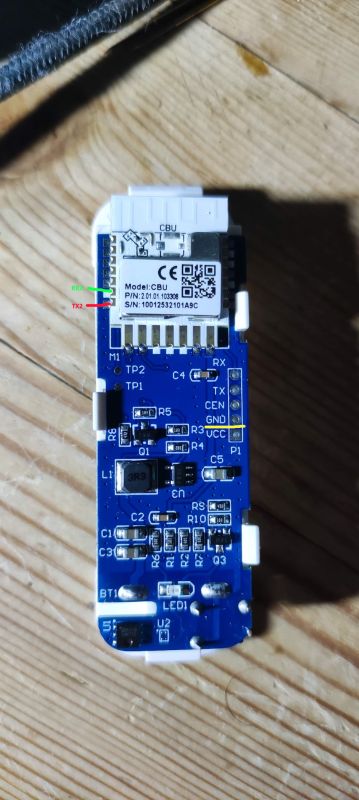
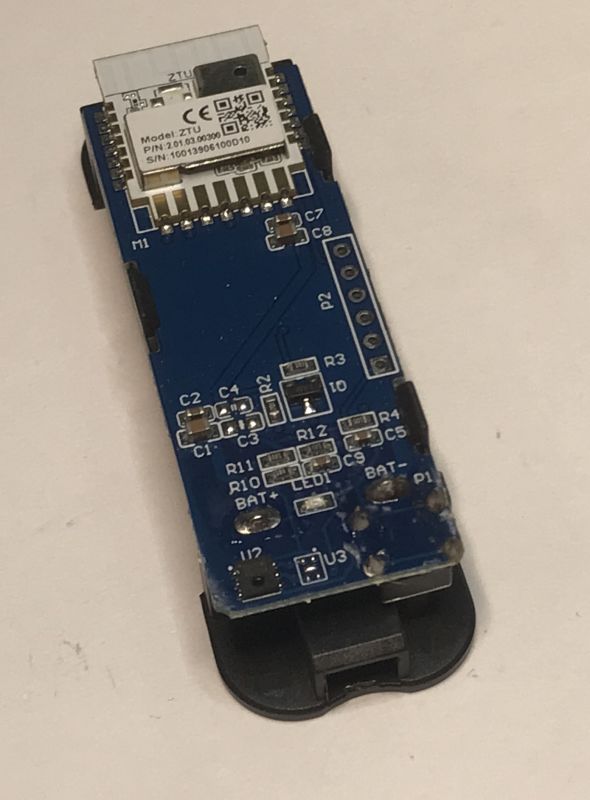
The version with Wi-Fi is based on the CBU module (BK7231N). In addition it has a coil circuit that looks like an inverter to me. Presumably the Wi-Fi module doesn't want to work very well on low voltages, so the inverter makes sure there's that 3.3V and not less - without it, the voltage drops as the battery discharges.
The Zigbee version is based on the ZTU module. Both modules have compatible leads and the boards look similar, although here there is no inverter. The Zigbee-based circuit is simpler and therefore more efficient.
According to Tuya's specifications, the CBU operates at voltages from 3.0 to 3.6V, while the ZTU can operate as high as 1.8V to 3.6V (although a voltage higher than 2.8V is recommended). This also explains the differences in construction.
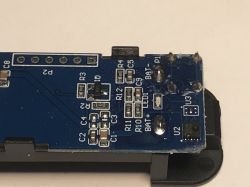
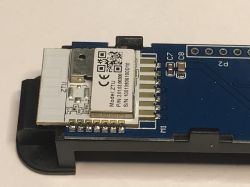
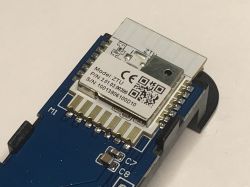
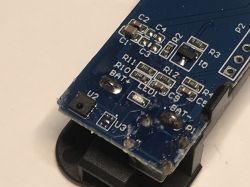

The sensor itself appears to be the same model in both devices.
Summary
There is a reason why Zigbee has a reputation for being a more energy efficient protocol - this is evident even from the design of this device. Additionally, pairing Zigbee with a system running 100% locally is much simpler than with Wi-Fi. You don't even need to change the firmware.
I believe that the solution shown in the context of battery-powered sensors is much better and also simpler than Wi-Fi. It is rather worth paying more and getting the result faster.
And what do you think? Do you use sensors on Zigbee? Or do you prefer Wi-Fi and in this context?



Comments
I have played with quite a few wifi 2xAA battery devices and they are indeed a fiddly pain sometimes, especially if they have TuyaMCU. The general feeling from user posts I think is that battery life,... [Read more]
ZTU pinout: https://obrazki.elektroda.pl/8516597400_1760888310_bigthumb.jpg 15 B1 I/O Uart_TXD, which corresponds to B1 (Pin 6) of IC 16 B7 I/O Uart_RXD, which corresponds to B7 (Pin... [Read more]
Buying ZigBee temperature sensors powered by normal batteries makes no sense. Such sensors are unnecessarily large. A round sensor on a CR2450 battery shows 100% battery after more than a year, and reports... [Read more]
ZTU is based on TLSR825x A very cheap dev board with the same chip is TB-03F-KIT. A discussion about custom firmware development - https://www.elektroda.com/rtvforum/topic4148153.html [Read more]
If the Zigbee version is simpler then why is it more expensive? I use the TS0201 powered by a single AA battery. [Read more]
@krzbor now I've started to wonder how much longer this version from the topic (with two AAA) will last. For me the longer runtime is a plus, I don't mind the size of the hardware. [Read more]
last It depends which battery has a higher self-discharge. [Read more]
I can recommend the bluetooth sensors BTH01 or THB2 (both Tuya), on which you can easily, even without soldering, upload alternative software from pvvx , which broadcasts in BTHome format. Home assistant... [Read more]
Batteries from 25 Oct 2024, as of 10.08.2025 in the freezer :D https://obrazki.elektroda.pl/9621643700_1760989726_thumb.jpg https://obrazki.elektroda.pl/4440601500_1760990201_thumb.jpg... [Read more]